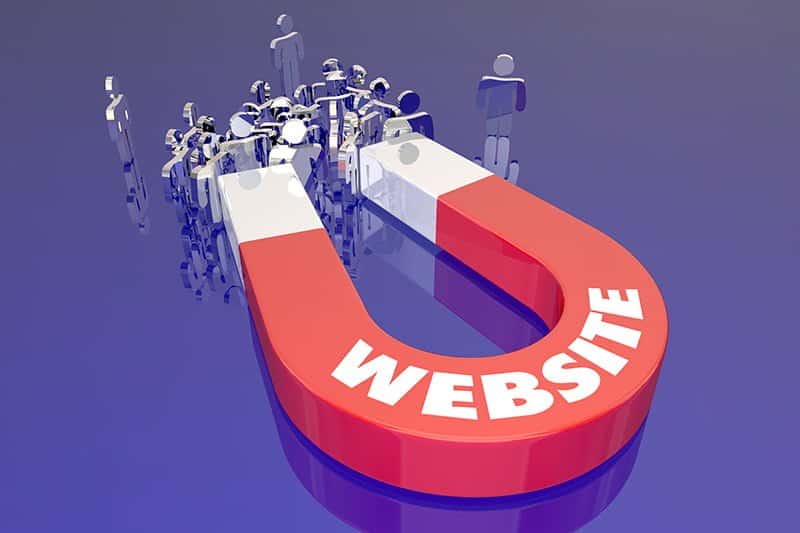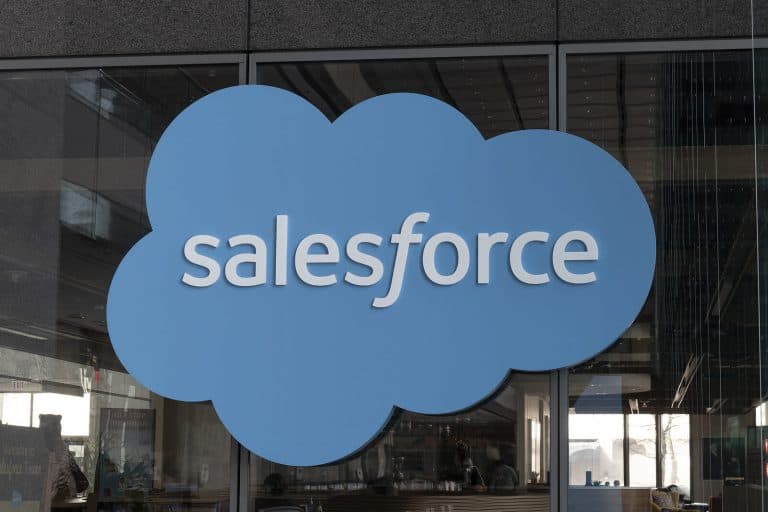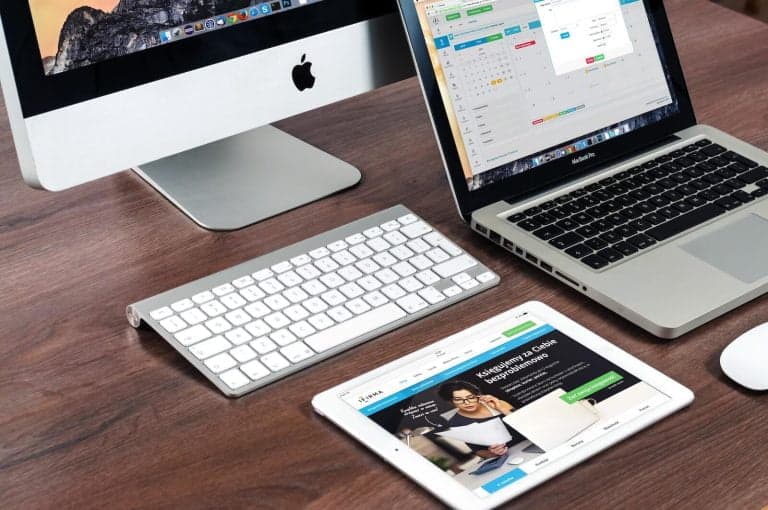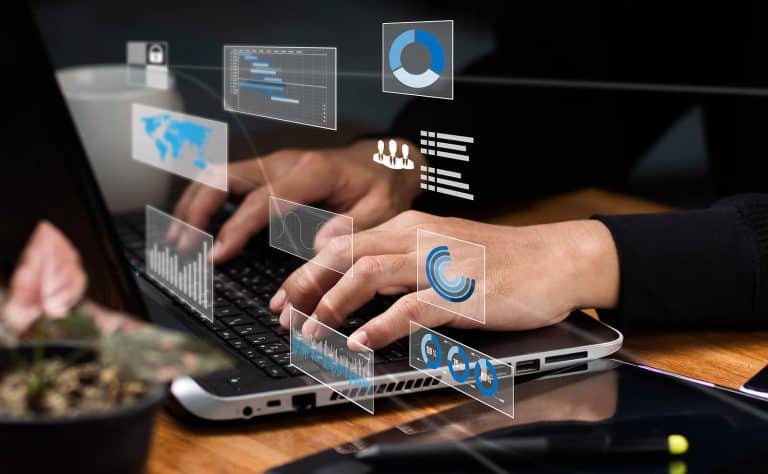Imagine you are going to represent your company at a world trade convention. How formal should you be? What will you wear, what kind of presentation materials will you use? Are you aware of your client’s preferences and values, so that you don’t cause cultural offense? All these questions are common sense for a live interaction, yet in the online environment the “one size fits all” model is still prevalent.
Table of Contents
ToggleUnlike a real-life situation, to impress online visitors, your company only gets one chance, which is just a few seconds long. Online is a place where the average conversion rate is around 3%. Therefore, you must strive to make every interaction matter. On the positive side, 84% of conversions are made by first-time visitors – another reason to get it right the first time. But how could your company impress someone you know nothing about?
Total Strangers? Real-time Personalization
In fact, on the web, few users are surfing in complete anonymity, like those using the Tor browser or those hidden behind VPNs. Others have at least a few identification tags attached to their visit, including their location, device and browser used. Additional insights like the traffic source and the time spent on the page are available. Just using these, your site could become more relevant, be perceived as friendly and helpful, and increase conversion chances.
Geolocation
Based on first-time visitors’ whereabouts, you can dynamically adjust the site’s language, currency, color scheme, and language. This should increase the user’s familiarity with the brand and encourage them to spend more time on the site. Adapting to the location means more opportunities to present the user with relevant content and decrease their struggle to find something relevant to their search. For example, a travel company could auto-fill the ‘from’ search box with the name of the nearest airport.
Additionally, a study by Iflexion shows that almost a third of visitors will stop using a site that is not pleasing them aesthetically or functionally and most likely will never come back. This in most cases depends on the preferred color schemes in different countries and cultures, so a preliminary market research can also help here.
Device
This information is relevant both from technical and behavioral perspectives. The type of device influences the screen size which dictates the alignment of the items and could require some changes to the responsiveness of the website.
From a deeper perspective, devices can be correlated with preferences and buying behaviors. The price and generation of the devices are relevant to the user’s budget and interest in technology and new trends, and could even suggest a lifestyle.
Traffic Source
The route that users take to reach your site can tell an entire story and help you impress them before you even properly met. If they typed a few keywords in a search engine and chose you, the first thing they should see on your page is relevant content related to the keywords they used or their synonyms. The same logic should apply to visits through sponsored content on social media. A referral can indicate connected interests, and if they are coming from a competitor’s site, you are in a power position since the user is already frustrated. Some tools can even help you display different versions of the page based on the traffic source, offering the possibility to give users targeted discounts.
Time
Numerous studies have shown that browsing and conversions are very time-sensitive. If you can create different versions of your page for different times of the day, seasons or even sudden weather changes, this can help boost your conversions or sell items that are less popular, but highly necessary for a specific event. Of course, the most basic application is to create dedicated pages, coupons or events, for example, for most popular holiday destinations, but beware of a steep competition if you only care about marketing the landmarks.
Third-party Data
The personalization options described above can already make a potential client feel like you have read their mind, but that is only scratching the surface. Leveraging third-party data like cookies and browser history can help you filter results to a granular level and learn more about the user’s preferences. By aggregating demographic and sociographic data, you can create different user personas which will dictate different versions of the website.
Discounts, Coupons
By combining the information from the user with relevant third-party data, an algorithm can create customized offers and vouchers that can make a difference between conversion and abandonment. For example, if the browser detects that a user from New York is looking for flowers on their iPhone at 11PM, it could generate a coupon with the text: “10% off to reward chivalry” and a call to action.
Customization vs. Personalization
There is a definite distinction between customization and personalization that needs to be addressed. Sometimes these are used interchangeably, but when it comes to dynamically changing a page to suit the user’s needs in the best way, personalization is a better term. Customization refers to the action a user can take themselves on the page to create a version that best serves their interest. At the same time, an example of personalization is automatically assigning a language based on geolocation, while customization would mean selecting a new language from the menu. The difference is essential since personalization should be thoroughly integrated with the site and performed in milliseconds or it can have an adverse effect, while customization is a static option.
Is It Worth the Trouble?
Each of us needs to feel appreciated and valued. A company that takes the time to save us from the trouble of browsing hundreds of irrelevant items gets instant fans. If you are looking for real-life examples of how far personalization can take you, this impressive article from Kiss Metrics describes 100 cases when a simple change such as the color of a button triggered conversion differences over 20%.
It is also important to personalize the content not only to first-time visitors but for those moving along the sales funnel, and most of all for returning customers who should feel valued and eventually become ambassadors.





